9.243 Opere d'arte originali, edizioni limitate e stampe:
Discover original contemporary Cubism artworks on ArtMajeur
Contemporary Cubism artworks are a unique and intriguing form of art that will leave you mesmerized. This style of art originated in the early 20th century and has since evolved to become a popular form of expression for many artists. The main types of supports used for these artworks include canvas, paper, and wood, while the materials used vary from acrylics and oils to charcoal, ink, and pastels. What makes this type of artwork stand out is its unique approach to depicting the subject matter. Rather than painting a realistic representation of the subject, the artist breaks it down into geometric shapes and then reassembles it in a way that challenges the viewer’s perception of reality. This results in a bold and dynamic artwork that is sure to leave a lasting impression.

©2024 Kristof Toth Artista rappresentato da VamosiArt
Origins and History
Cubism, an art movement that originated in Paris in the early 20th century, was pioneered by Pablo Picasso and Georges Braque. It is characterized by the use of geometric shapes, multiple viewpoints, and an emphasis on the two-dimensional surface of the canvas. The movement was influenced by African and Oceanic art, as well as by the work of Cézanne. Cubism can be divided into two periods: Analytical Cubism (1907-1912) and Synthetic Cubism (1912-1914).
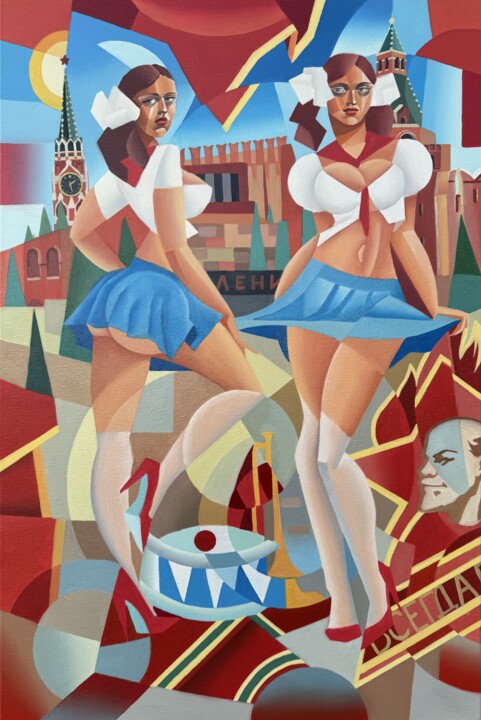
©2025 Apollonas Soben
Evolutions of theses works in the contemporary art market
Over the past few years, original contemporary Cubism artworks have undergone a remarkable evolution. These works have become increasingly popular among collectors and art enthusiasts alike, thanks to their unique blend of geometric shapes, bold colors, and abstract forms. Many contemporary artists have been inspired by the works of the Cubist masters, such as Pablo Picasso and Georges Braque, and have developed their own distinctive styles and techniques.
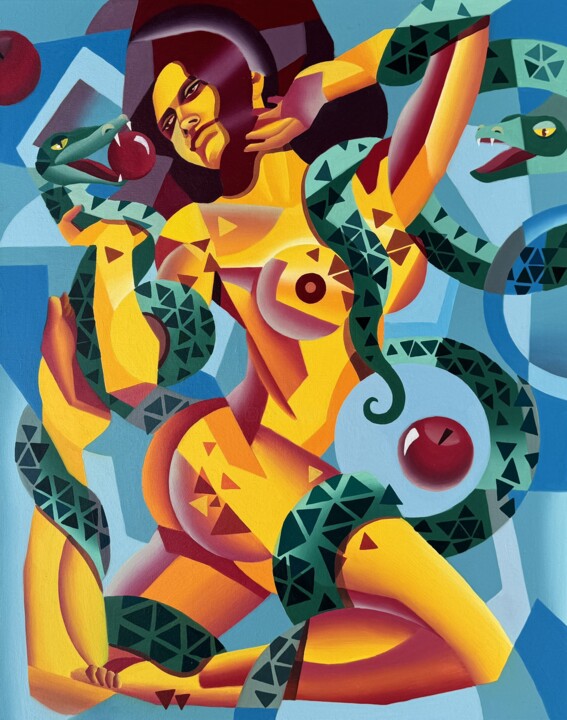
©2024 Apollonas Soben
Related Famous Artists
Contemporary Cubism artworks continue to inspire artists today, as seen in the works of Pablo Picasso, Georges Braque, and Juan Gris. These artists are known for their use of geometric shapes, fragmented forms, and bold colors to create abstract compositions that challenge traditional perspectives.
One artist who has taken on the legacy of Cubism is David Hockney. His works employ the use of multiple perspectives, creating a fragmented view of the world that is both familiar and disorienting. His use of bright colors and bold lines adds a playful element to his work.
Another artist who has been influenced by Cubism is Paul Cézanne. His use of geometric shapes and distorted perspectives can be seen in his still life paintings, which often depict everyday objects in a fragmented and abstract manner. His work has had a profound influence on the development of Cubism and modern art in general.
A contemporary artist who has taken Cubism in a more abstract direction is Frank Stella. His large-scale paintings use geometric shapes and bold colors to create dynamic compositions that challenge traditional notions of space and perspective. His work is often characterized by its flatness and lack of depth, making it a departure from traditional painting techniques.
Finally, artist Faith Ringgold has used Cubism to explore issues of race and identity in her work. Her use of fragmented forms and bold colors creates a powerful visual language that speaks to the experiences of African Americans in the United States. Her work is a testament to the enduring legacy of Cubism as a tool for social commentary and political activism.

©2024 Alexandr Gera
Notable original contemporary Cubism artworks
Cubism is an art form that emerged in the early 20th century, characterized by its geometric shapes, fragmentation, and multiple viewpoints. Here are some well-known original contemporary Cubism artworks:
Les Demoiselles d’Avignon - Pablo Picasso - 1907 - This painting is considered one of the most significant works in the Cubist movement. It depicts five nude women, each with different facial features and body shapes, viewed from multiple angles.
The Portuguese - Georges Braque - 1911 - This painting is a landmark work in Braque’s career and in the development of Cubism. It shows a man playing a guitar, with a fragmented and abstracted background.
Violin and Candlestick - Juan Gris - 1910 - This painting is a prime example of Gris’ Cubist style. It depicts a violin and a candlestick, both broken down into geometric shapes and reassembled in a complex composition.
Nude Descending a Staircase, No. 2 - Marcel Duchamp - 1912 - This painting caused a sensation when it was first exhibited, with critics and viewers baffled by its abstracted depiction of a figure in motion.
Still Life with Chair Caning - Pablo Picasso - 1912 - This painting is notable for being the first artwork to incorporate a real object (a piece of oilcloth with a caning pattern) into a Cubist composition.
Glass of Absinthe - Pablo Picasso - 1914 - This painting depicts a glass of absinthe and a newspaper fragment, both fragmented and distorted into abstract shapes.
The City - Fernand Léger - 1919 - This painting is a celebration of the modern city, with its towering skyscrapers, bustling streets, and machine-like forms.
The Mandolin - Georges Braque - 1916 - This painting depicts a mandolin broken down into geometric shapes and arranged in a complex composition, with the illusion of depth and space created through overlapping planes.
These artworks demonstrate the groundbreaking and innovative approach of Cubism, which sought to challenge traditional notions of representation and create a new visual language for the modern age.

Alexandr Gera
Olio su Tela di lino | 31,5x23,6 in

Elli Popa
Acrilico su Tela | 31,5x31,5 in
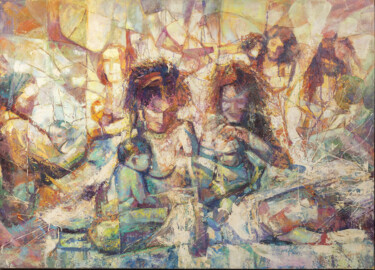
Aga Fine Art Gallery
Olio su Tela | 50x70 in

Aga Fine Art Gallery
Acrilico su Tela | 40x40 in

Apollonas Soben
Olio su Tela | 35,4x23,6 in

Liudmyla Riabkova
Olio su Tela | 25,6x21,3 in
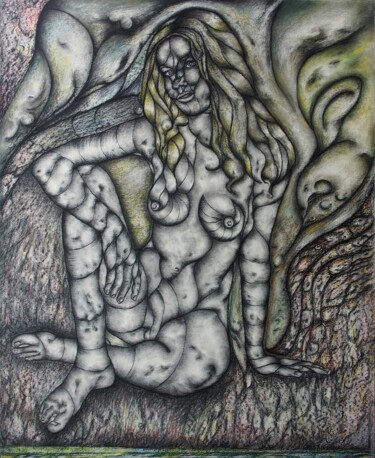
Rodolfo V Ortiz
Gesso su Tela | 50x41 in

Alexandr Gera
Olio su Tela di lino | 31,5x31,5 in
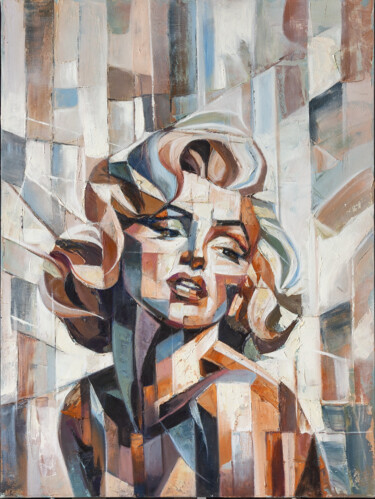
Aga Fine Art Gallery
Olio su Tela | 40x30 in
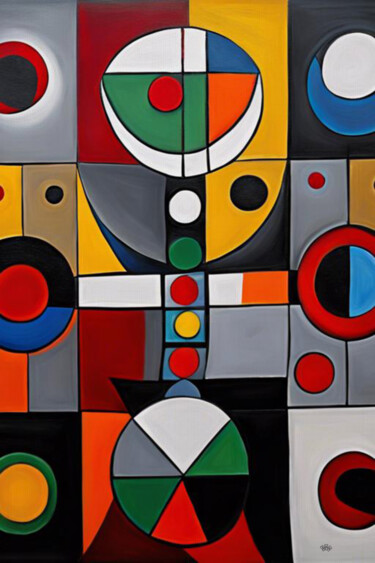
Anna Alekberova
Olio su Tela di lino | 47,2x31,5 in

Apollonas Soben
Olio su Tela | 39,4x31,5 in

Elli Popa
Acrilico su Tela | 31,5x39,4 in
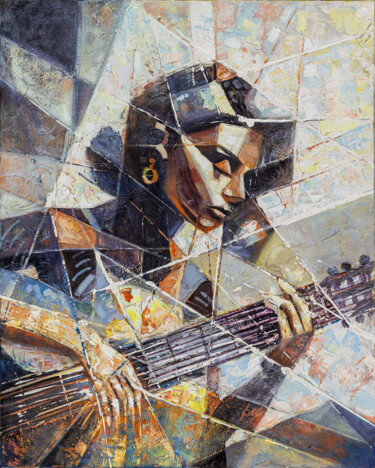
Aga Fine Art Gallery
Olio su Tela | 30x24 in























